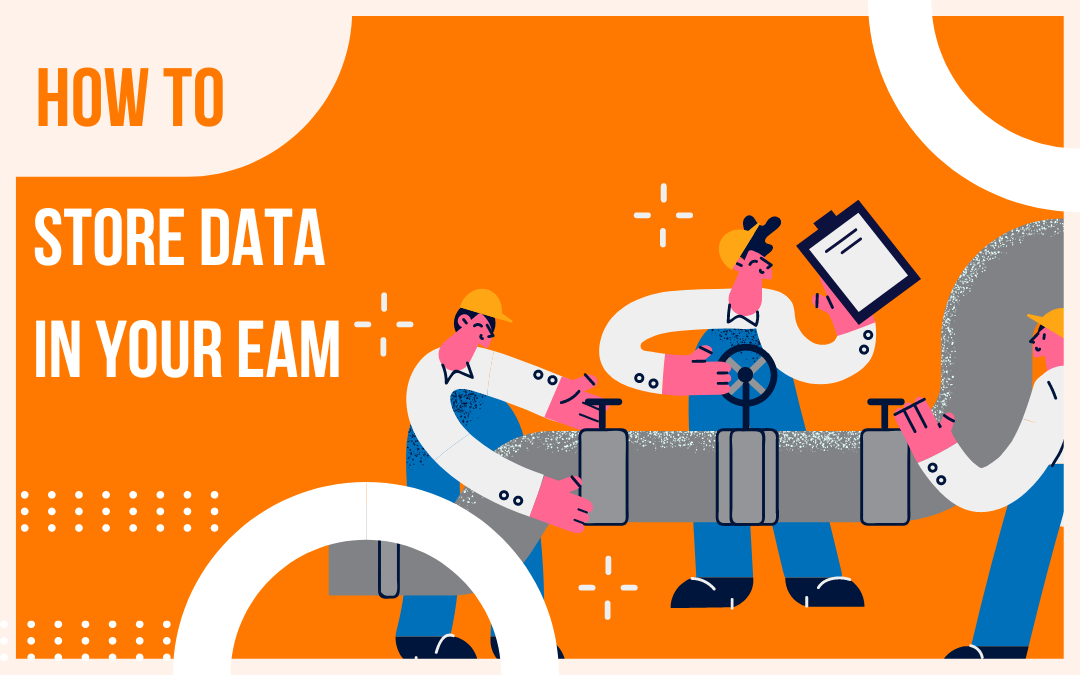Enterprise Asset Management (EAM) systems are essential for all asset-intensive companies’ day-to-day operations. However, knowing what information is essential to store is sometimes tricky.

What information do you need to store to fully take advantage of your company’s EAM?
For many maintenance planners and technicians, they need the following data for their tasks:
The basics: For all equipment and machines, you need to log information about the model, make, and serial number into your EAM. This is essential information for all maintenance workers and technicians to do their job. Keep track of this information to make fulfilling work orders easier.
Related documents: To decrease wrench time and save on costs, your technicians and planners need to effortlessly be able to find any document they are looking for. What does this mean for your company? When setting up your new (or current) EAM system, you should add related documents such as OEM manuals and parts catalogs. Eliminating time wasted searching for documents will increase the ROI of your investment in EAM.
Why is this information helpful?
When the information in your EAM is up to date, you can expect less delays, outages and downtime, and you will realize that your company will start to run more smoothly. Without the correct information needed for maintenance, downtimes and outages can be prolonged to an undesirable level leading to increased costs and decreased revenues.
The Next Step in Your EAM Migration
If you’ve decided to undergo an EAM migration, you will find that it is the perfect time to ensure that your information, such as your asset register, is complete to get the most out of your new system.
NRX AssetHub, powered by HubHead, provides asset-intensive businesses with high-quality asset and maintenance data for its EAM and CMMS systems. If you want to learn more about our solution or help optimizing your EAM system, you can download one of our brochures or book a demo, and our team will be happy to help!
Trying to Save Money During a Migration? Here's an Idea
The Implications of Poor Quality Asset Data
Strategies to Make Sure All of Your Asset and Maintenance Data Gets Set Up Correctly in your New EAM System
Share this article




